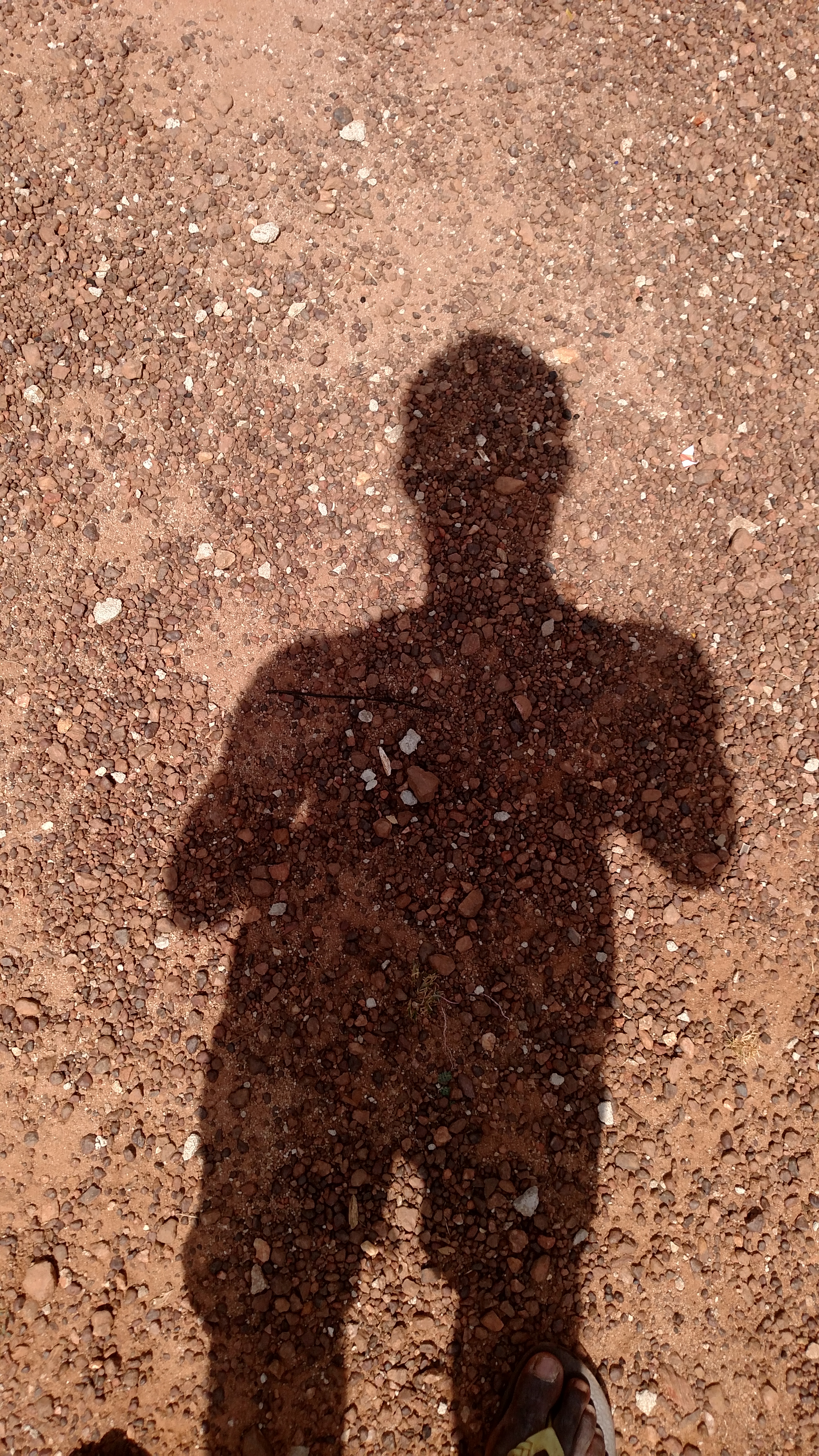Lovely view of my shadow

Figure 1: Shadows for Contrast and Drama
Figure 2: Shadows for Focus
Figure 3: Shadows for Directing the Eye
Figure 4: Shadows for Revealing Form
Figure 5: Shadows for Revealing Texture In life, we often think of things in terms of polar opposites: strong/weak, fast/slow, and light/heavy are examples. In many cases, we tend to think of one of the opposites as lacking something that the other opposite possesses. For example, a weak person is someone that lacks strength, a slow runner is someone that lacks speed, and a light object is something that lacks weight.
When carried into the field of photography, this mindset can lead us to think in terms of our own opposites: light and shadows -- not a bad way to view things. It is also easy to take the next step and think of shadows as simply a lack of light. Once this is done, shadows may seem to be less important. After all, we read and hear so much about light. For instance, landscape photographers write about magic hour light and fashion/glamour photographers talk about the great pains that they go to in order to get the studio lights just right. In the literature at least, it might seem that shadows are less important.
It would be easy to draw the conclusion that one need only focus on the light and let the shadows fall where they may. This would be a major mistake -- for light is nothing without shadows. Shadows are not simply a dark mass that borders the light. Rather, shadows are an entity as alive as the light. It is the shadows that shape the light, that draw attention to the light, and that integrate with the light to produce striking photographic opportunities. If we are to reach our full potential as photographers, we must think as much in terms of mastering the shadows as we do of mastering the light.